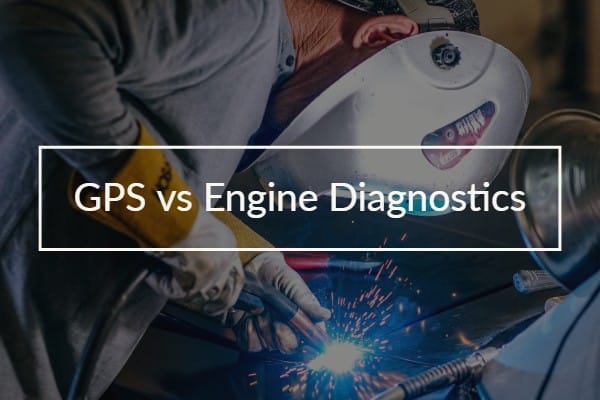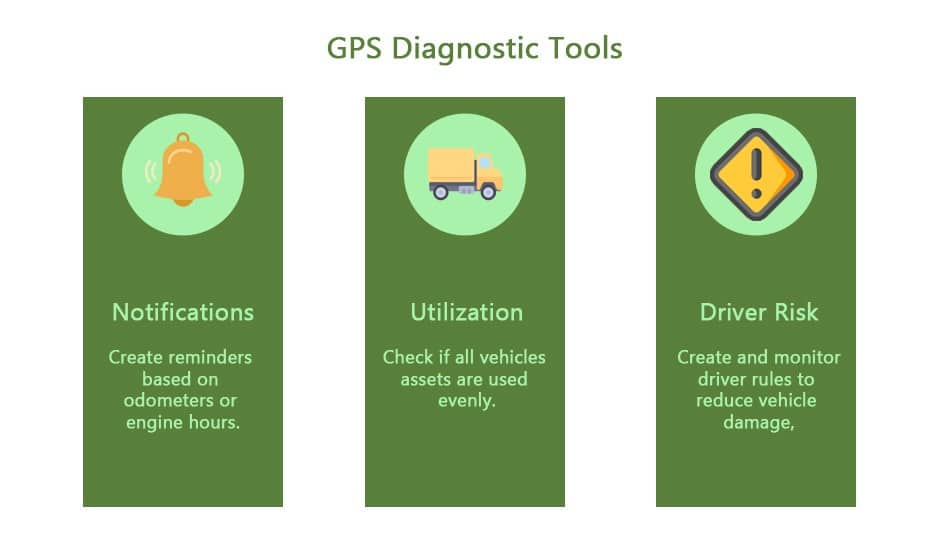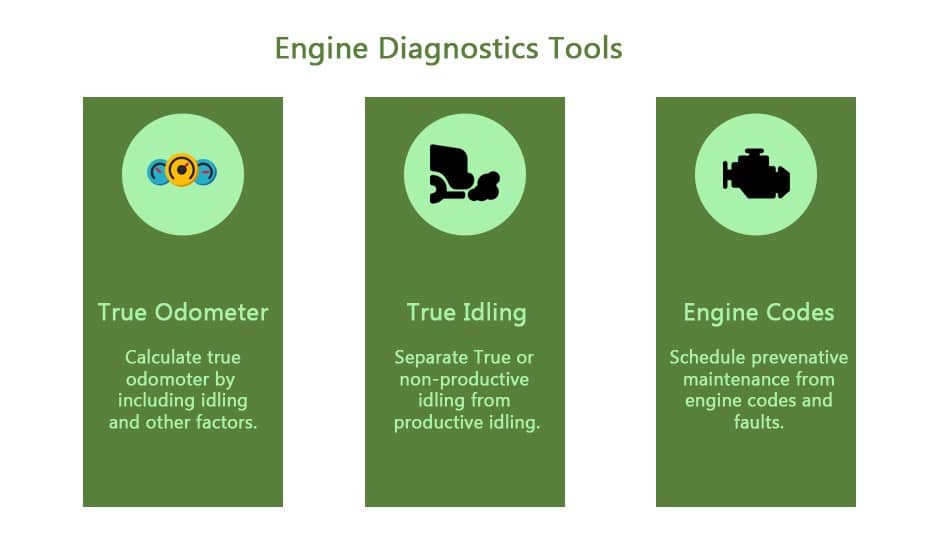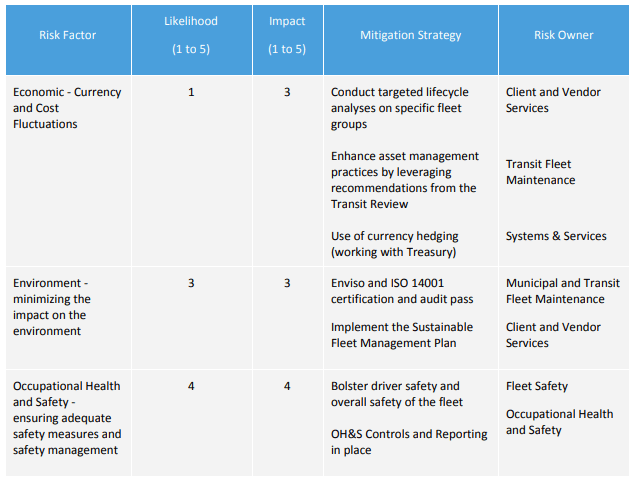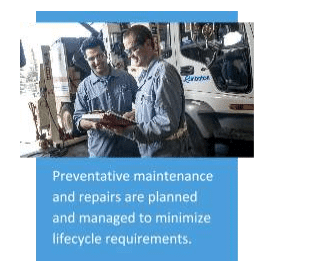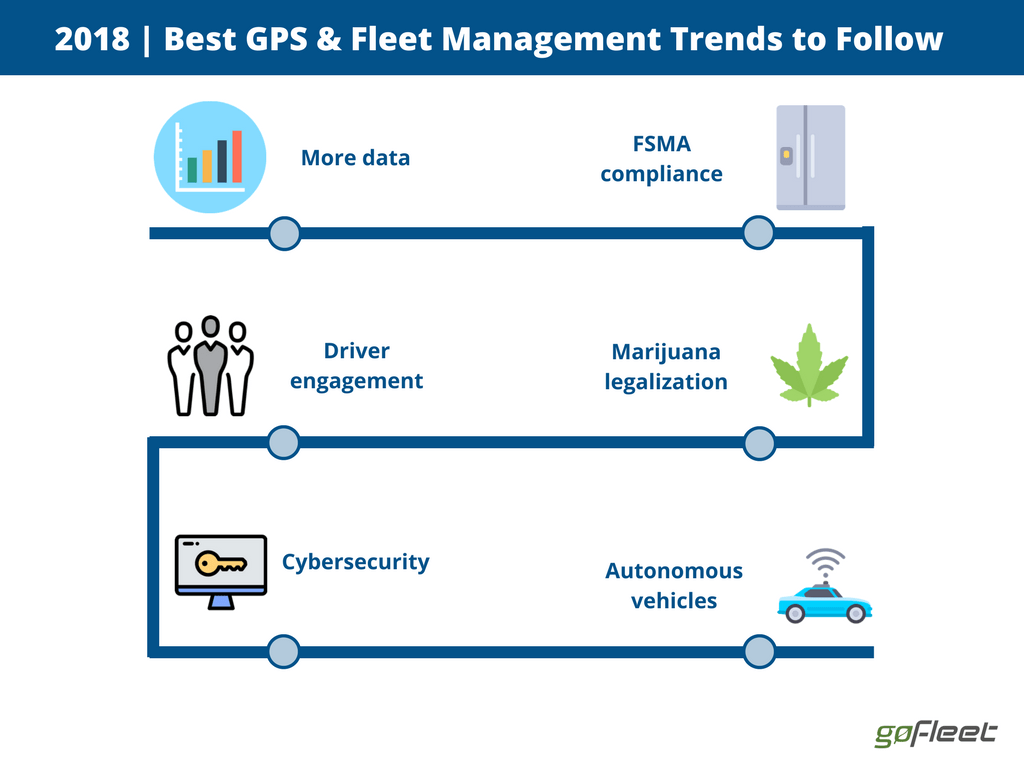As the concern of the COVID-19 outbreak continues to worsen, many are looking at how businesses can be provided with additional relief during this time. While there are initiatives in place to help small businesses who had to close their doors to practice social distancing and slow the spread, there is additional aid that focuses on the demand for essential supplies. Specifically, focusing on increasing the amount of supplies and equipment transported daily by waiving hours-of-service (HOS) regulations.
Below are updates in both Canada and the United States:
HOS in the United States
Earlier this month, on March 13, it was announced that the Federal Motor Carrier Safety Administration (FMCSA) will adjust the HOS regulations. They will help those in the US transportation sector provide more assistance to relief efforts of the virus. Until April 12, 2020, or when the COVID-19 emergency is terminated, a FMCSA Emergency Declaration has been issued and will be in place nation-wide to suspend the hours-of-service regulations for drivers.
Prior to adjusting any processes within your fleet, make sure you familiarize yourself and your team with the Emergency Declaration as the FMCSA has specific criteria on what will allow a carrier to be eligible.
Find the Declaration here: Emergency Declaration
HOS in Canada
Similarly, Transport Canada has issued an exception to help provide COVID-19 relief to Canadian truck drivers moving essential supplies. Again, drivers who meet specific criteria will be exempt from hours-of-services requirements when carriers who are federally regulated give advance notice with specific information regarding which vehicles will be partaking in it. This waiver will be in effect from March 24, until April 30, 2020.
Again, prior to implementing any new initiatives related to HOS, it is recommended that you familiarize yourself and your team with the Essential Freight Transport Exemption. As there is specific criteria that must be met prior to being safely exempt, understanding the exemption in-full is critical.
Find the Exemption here: Essential Freight Transport Exemption
As information and plans are in constant flux during this time, we always recommend for businesses and fleet drivers to stay up-to-date with ongoing news and regulations. This will ensure that compliance is always met and teams are working efficiently.
Additional Resources To Follow:
Truckload Carriers Association: https://www.truckload.org/resources-for-covid-19/#1585236782225-d159424f-afd2
Canadian Trucking Alliance: http://cantruck.ca/covid-19/






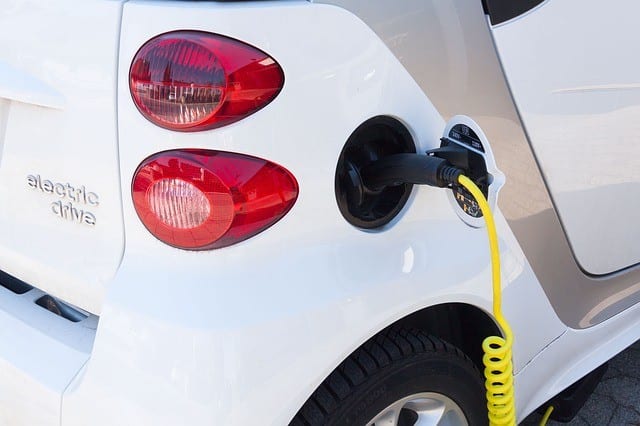



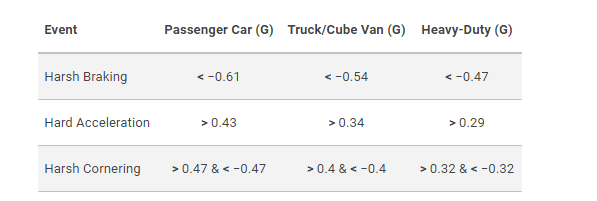
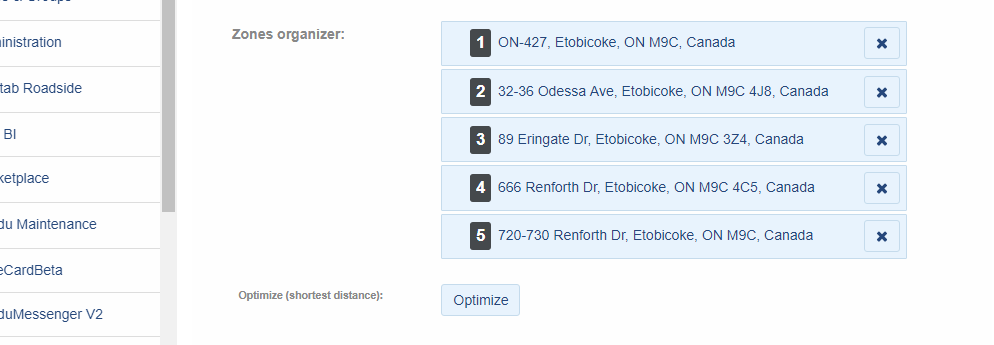

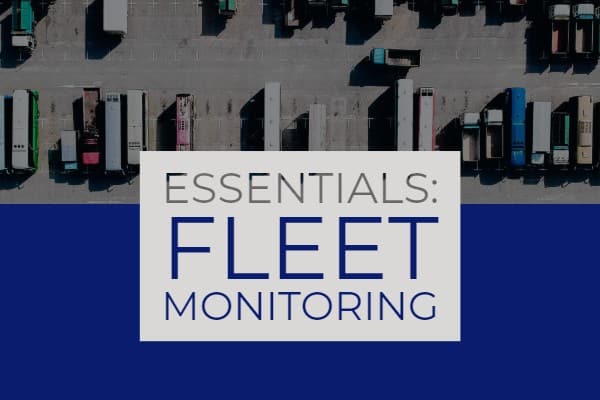
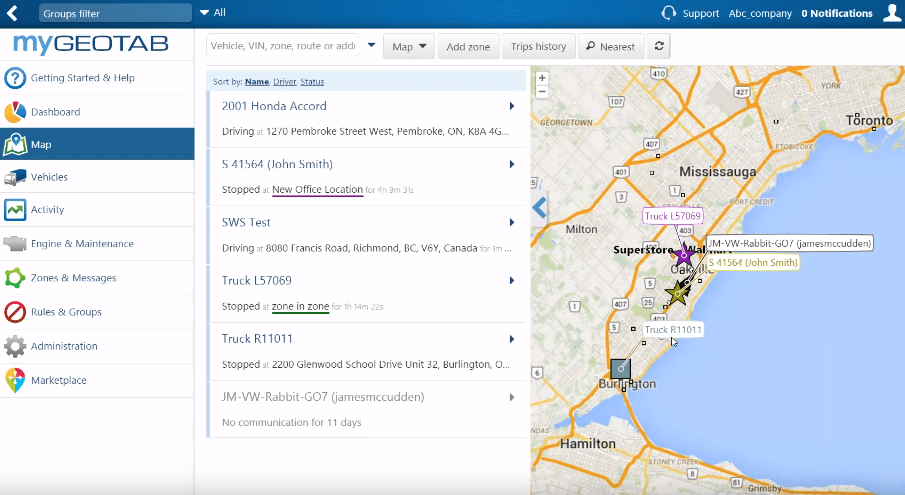 Firstly, fleet managers need to be familiar with Live Map. Every single fleet GPS solution will have a map portal. On Geotab’s portal, users can view a vehicle by hovering over their map and clicking vehicles. They can also search and select a vehicle from a list.Some useful applications of live maps include providing location updates, managing drivers, and dispatching the closest driver to a site.
Firstly, fleet managers need to be familiar with Live Map. Every single fleet GPS solution will have a map portal. On Geotab’s portal, users can view a vehicle by hovering over their map and clicking vehicles. They can also search and select a vehicle from a list.Some useful applications of live maps include providing location updates, managing drivers, and dispatching the closest driver to a site.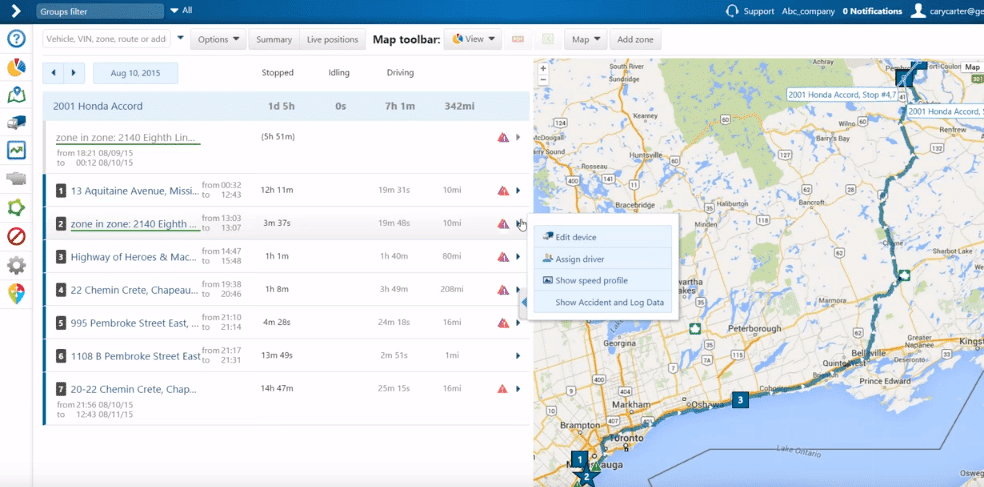 Secondly, fleet managers should learn how to use the Trip History report. Again, every GPS software should allow managers to view a vehicle’s location history.Geotab users can look at a vehicle’s trip history by selecting a vehicle or driver. Then, the program replays trips with “destinations”, or events when drivers stop for a specified amount of time. In effect, managers can review or download all trips in the prior year with Geotab.
Secondly, fleet managers should learn how to use the Trip History report. Again, every GPS software should allow managers to view a vehicle’s location history.Geotab users can look at a vehicle’s trip history by selecting a vehicle or driver. Then, the program replays trips with “destinations”, or events when drivers stop for a specified amount of time. In effect, managers can review or download all trips in the prior year with Geotab.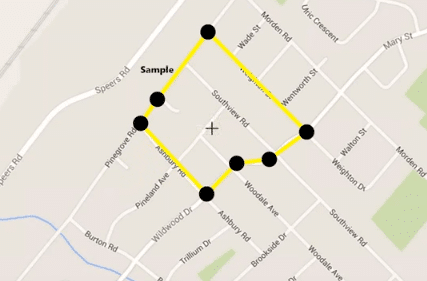 Finally, fleet managers need to know how to geofence. Geofences are custom map zones. Users can then set up rules and alerts with their created map zones.For example, consider the following applications. One company processed payroll by creating a geofence on a customer site and monitoring their employees’ hours. Another company set up a “Casino Rule” which alerted managers whenever their employees broke company rules by visiting casinos.
Finally, fleet managers need to know how to geofence. Geofences are custom map zones. Users can then set up rules and alerts with their created map zones.For example, consider the following applications. One company processed payroll by creating a geofence on a customer site and monitoring their employees’ hours. Another company set up a “Casino Rule” which alerted managers whenever their employees broke company rules by visiting casinos.
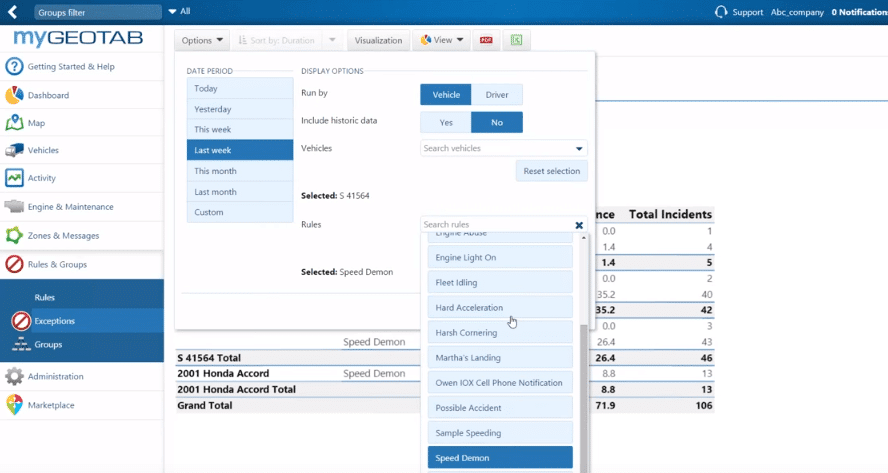 After creating rules, fleet managers need to
After creating rules, fleet managers need to 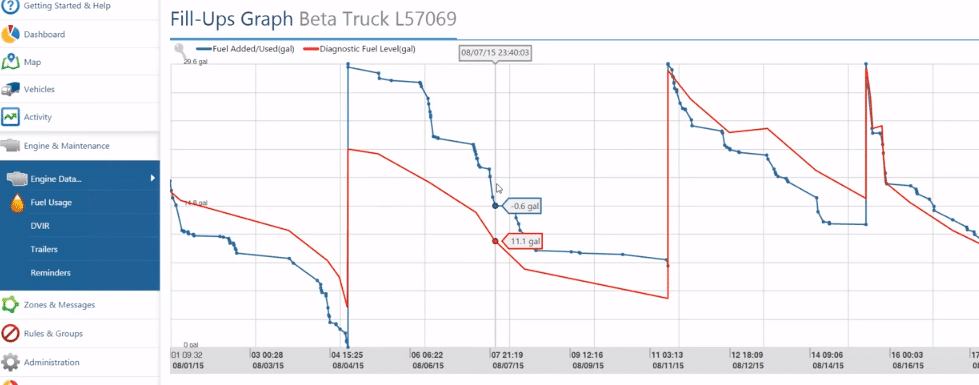 Fill-up graphs are one of the most commonly used
Fill-up graphs are one of the most commonly used 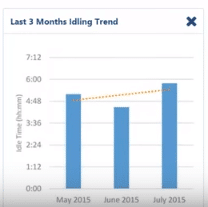 Idling reports also deserve their own category because monitoring idling reduces fuel expense. In fact, a majority of enterprise fleets have some sort of no-idling policy.Fleet managers can create an idling management report on Geotab by going under Exceptions and selecting Idling rules.
Idling reports also deserve their own category because monitoring idling reduces fuel expense. In fact, a majority of enterprise fleets have some sort of no-idling policy.Fleet managers can create an idling management report on Geotab by going under Exceptions and selecting Idling rules. Finally,
Finally, 